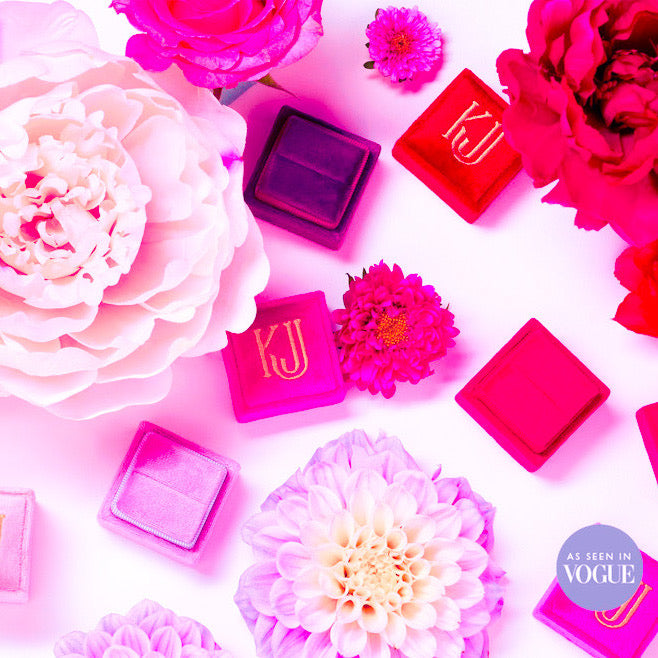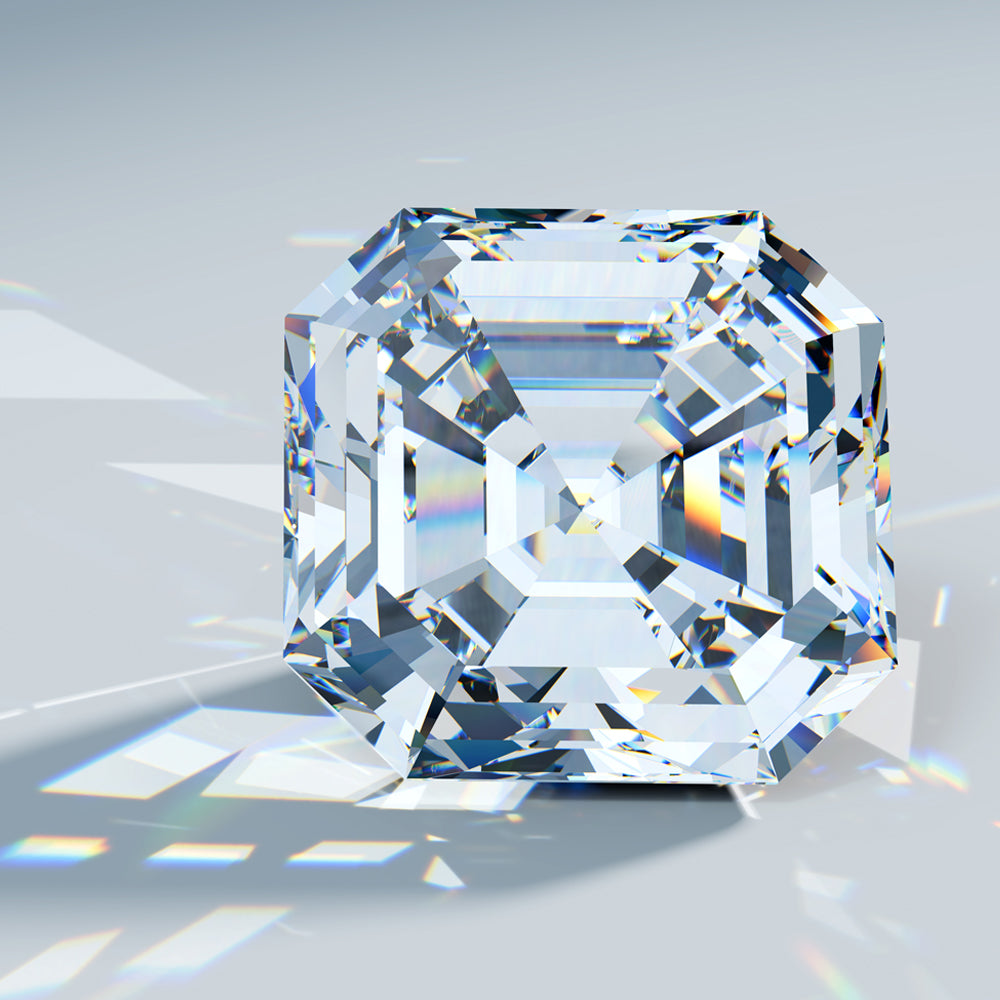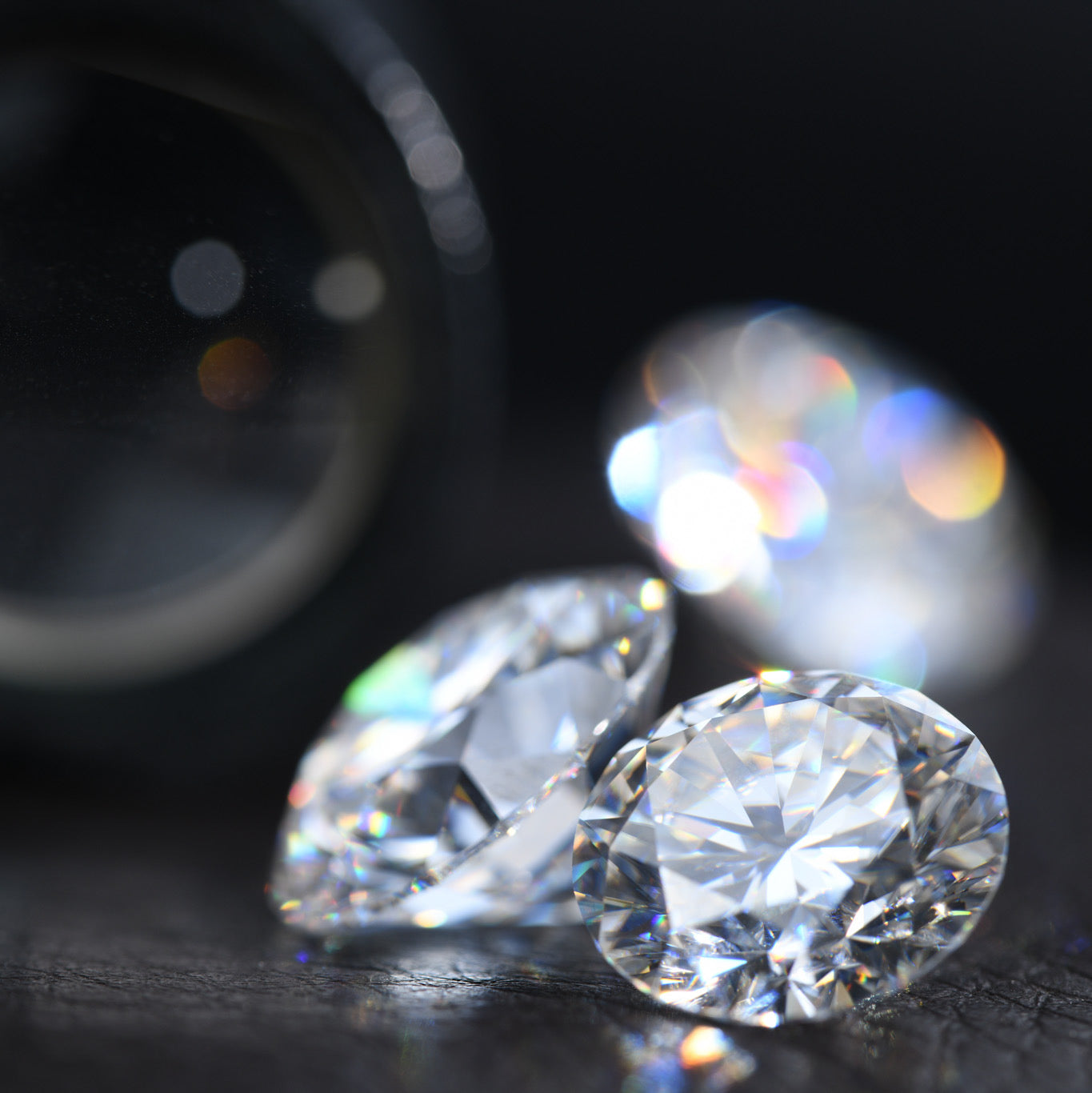Precious Peridot
This lush and verdant gem proves that the grass is always greener when it comes to Peridot jewels.

Peridot is perhaps best known as August’s birthstone, and it’s likely safe to assume that if one wasn’t lucky enough to be born at this time, they probably don’t know much about this gorgeous green and zesty gem. Peridot’s original source was just as mysterious as this enigmatic gem—the ancient island of Zabargad, also known as St. John’s Island. Located in the Red Sea, the ancient Egyptians mined this Peridot, which they originally called Topaz (in fact, they originally called the source island Topazios, as well.) Legend had it that the island was originally infested with snakes, which made mining very difficult and unpleasant…but, this could have just as easily been a creative security measure. The Egyptians loved and treasured the Peridot so much that some historians believe Cleopatra’s famous Emerald collection may have actually been this alternative golden green gem.
For hundreds of years, this lovely stone was similarly confused and used interchangeably with other minerals, however we now know it has a long list of its own wonderful and unique traits. Some of Peridot’s most unique qualities stem from its gorgeous colour. Unlike most gems, its trademark yellow-green hue is part of its chemical structure, and not caused by trace elements. This means that Peridot never has to be heated or treated in any way to achieve its lovely grassy hue, which again, is very rare in the gem world. They’re also interestingly found in volcanic rock, as nodules in lava flow, and even sometimes in meteorites. Current sources (on Earth!) include the United States, China, Australia, Mexico, Ethiopia, Myanmar, Pakistan, Vietnam, Norway, Finland, and of course, Zabargad. Myanmar and the Himalayan Mountains of Pakistan are particularly well-known for providing some of the largest and finest colour gems of the highest value.
Peridot’s most valuable colour is a crisp and vivid apple green with little to no yellow, and zero brown tint. They should also be eye-clean with minute inclusions only seen under magnification. The less saturated their green colour and more brown tint they possess, the more their value will decrease.
Peridot is a 6.5-7 on the Moh’s hardness scale, so if wearing it in a ring you must be cognizant of its softness in order to avoid abrasions and scratches, especially on its facet edges. Peridot should also be cleaned very carefully, as they are especially sensitive to rapid temperature changes. Always use warm water with gentle soap and avoid any strong cleaners, chemicals, steam cleaners or ultra-sonic cleaners, which can not only damage the gem chemically, but also cause it to over-heat.
While the ancients believed Peridot was a protection stone and used it to bring good luck and protect against evil spirits, it’s now associated with the heart chakra, like Emerald, and is often thought of to bring positive balance to health, emotions, and relationships. Overall, while Peridot is certainly a less well-known birthstone, it’s also an ancient gemstone with fascinating history and stunning, lush colour which is completely natural in its earthly (and sometimes even other-worldly) beauty.




